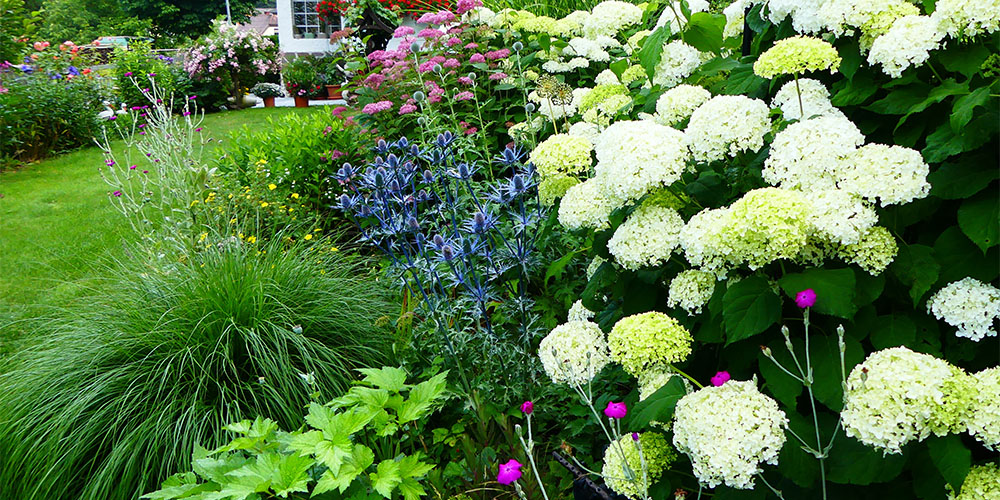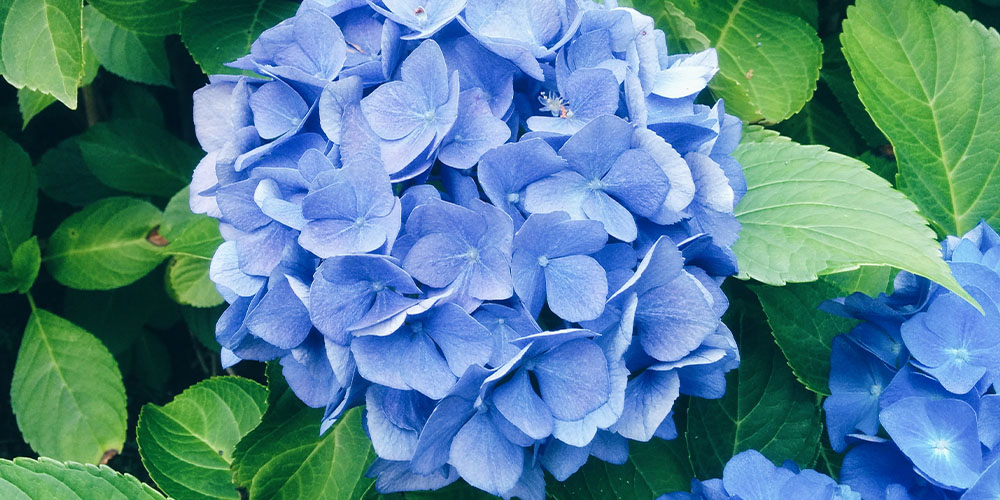How to Care for Beautiful Blooming Hydrangeas
Hydrangeas are wildly popular flowering shrubs, known for their voluminous mophead blooms that look stunning in cut bouquets. There are so many colours and varieties to choose from; even if you live in a colder region, there are hardy varieties that can withstand freezing temperatures. If you’d like to learn how to care for hydrangeas in your garden, here’s a simple tutorial to help you master the basics.

How to Care for All Sorts of Hydrangeas
While most hydrangea varieties tend to have similar care requirements, you should be sure of the specific variety you have. Some hydrangeas bloom on old wood in spring, and some bloom on new wood in summer; this affects the window of time where you can prune your hydrangeas without losing out on future flowers. Figure out which hydrangea you’re growing so you can know what to expect after planting!
When to Plant Hydrangeas
The ideal time to plant hydrangeas is in spring or early fall when the soil isn’t too cold or too hot. The summer sun can heat the soil quite a bit, which creates a stressful environment for a newly planted shrub. Remember to water your hydrangea generously after planting to help it get established.

Where to Plant Hydrangeas
The best location to plant a hydrangea is along an east-facing wall or fence—somewhere that gets lots of bright morning sun but has shelter from the intense afternoon sun. Full, south-facing sun will also work, but you may need to water much more frequently as the afternoon sun dries out the soil faster. Avoid planting them in full shade, as this will inhibit bloom production, and your shrub will look very lacklustre.
Water and Fertilizer
Hydrangeas like consistently moist soil, but you don’t want it to be soggy and waterlogged. Ensure lots of compost is mixed into the soil to improve nutrient content and moisture drainage. Water your shrubs deeply every 3–4 days in summer—you can scale back if we receive heavy rain. Deep watering is much more effective than watering a little bit every day. Spreading a layer of mulch across the soil surface will help to slow down the evaporation of soil moisture.
Use a balanced, all-purpose fertilizer to feed your hydrangeas. Apply it once in spring at the start of the growing season, and apply a follow-up application in July.
Do All Hydrangeas Need to Be Cut Back?
Some light pruning can help maintain the health and overall shape of your hydrangea, but you don’t need to cut them back dramatically. Remove dead, diseased, or damaged branches, and if necessary, you can trim them to maintain a tidier shape.
If you’ve determined your hydrangea variety blooms on new wood, you should prune it in late winter or early spring before its new flush of growth has begun. If your variety blooms on old wood, you should prune it in summer after its blooms have faded. Using sterilized pruners, make diagonal, outward-facing cuts just above the nodes along the stems.

Changing the Colour of Your Hydrangea
You may have heard that you can change the colour of your hydrangea by changing the pH of the soil; this only applies to Hydrangea macrophylla, so other varieties like “PeeGee” or “Oakleaf” won’t be affected by pH changes. Adding dolomitic lime to the soil will increase the pH, causing blue flowers to turn pink. Alternatively, if you add lots of compost to the soil or other acidifying amendments, pink blooms will turn blue.
On the hunt for hydrangeas for sale? Mother Nature has a fabulous assortment available. Come explore all the gorgeous, colourful varieties that are ready to plant now!

